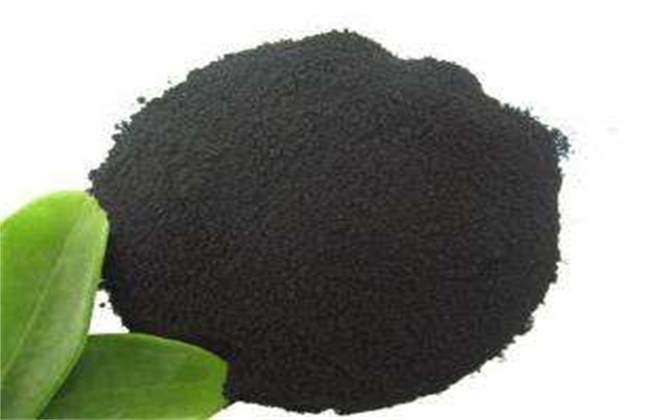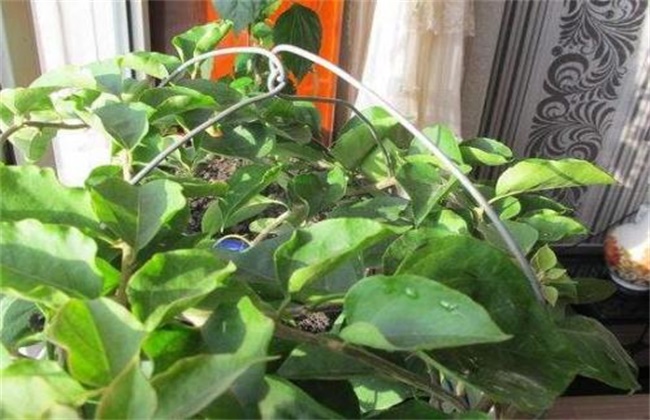The function and application method of humic acid fertilizer
Humic acid fertilizer is a kind of fertilizer commonly used in agricultural production. in fact, it refers to the use of peat, lignite and weathered coal to produce products containing a large amount of humic acid and nitrogen, phosphorus, potassium and some trace elements needed for crop growth and development. So what is the function of humic acid fertilizer? How should I use it? Let's get to know it.

First, the function of humic acid fertilizer.
1. Improve nitrogen use efficiency.
Nitrogen fertilizer is inseparable from nitrogen fertilizer for plant growth and development, but not all nitrogen fertilizer is absorbed by plants after application, and a large part of it will be wasted. Take urea and ammonium bicarbonate as an example, when they are applied to the field, they are quickly lost with air and water, and only about 30% of the nitrogen is really absorbed by crops. The aromatic nuclei, hydroxyl groups, carboxyl groups and other acidic substances in humic acid can react with nitrogen elements and form new stable ion groups, which can remain in the soil for a long time, and can gradually decompose and release nitrogen elements so that plants can absorb them stably.
2. Synergistic phosphate fertilizer
After the application of phosphate fertilizer, it will be fixed by metal ions in the soil and converted into late-acting phosphorus or ineffective phosphorus, while the acidic functional groups such as aromatic nuclei, hydroxyl groups and carboxyl groups in humic acid react with phosphorus elements, making it soluble phosphorus, which increases the activity of phosphorus elements, is easily absorbed by plants, and can improve the fertilizer efficiency of phosphate fertilizer by 5% and 10%.
3. Potash fertilizer for increasing efficiency
The functional groups in humic acid can also absorb and store potassium ions, which can not only prevent the loss of potassium ions with water in sandy soil, but also prevent the fixation of potassium in clayey soil, and increase the utilization rate of potassium fertilizer by about 5%.
4. the function of water conservation and fertilizer conservation.
Humic acid interacts with calcium ions in soil to form flocculent precipitated gels, which can cement soil particles together, turn soil particles into small reservoirs and fertilizer reservoirs for water and fertilizer conservation, and increase soil voids, thus improving the ability of soil water and fertilizer conservation.
II. Methods of using humic acid fertilizer
1. Soaking seeds
Soaking seeds with humic acid fertilizer can improve seed germination rate, early seedling emergence, and enhance the ability of seedlings to root. The general concentration is 0.0005% Mel 0.05%, the seed soaking time is generally 5-10 hours, and the hard shell seed is 24 hours.
2. Base fertilizer
Solid humic acid fertilizer can be used as base fertilizer, generally 100-150 kg per mu. When humic acid solution is used as base fertilizer, the concentration is 0.05-0.1%, and the amount of water solution is 250-400 liters per mu. It can be mixed with farm fertilizer, ditch application or hole application.
3. Topdressing
Before the seedling stage and heading stage, about 250 liters of aqueous solution of 0.01-0.1% concentration per mu was irrigated near the crop root system. Paddy field can be applied with irrigation or sprinkled on the water surface, which can play the role of raising seedlings, strengthening seedlings, promoting growth and development and so on.
The above is the introduction of the function and use of humic acid fertilizer. I hope it can help you. If you want to know more about it, please follow us.
Related
- Fuxing push coffee new agricultural production and marketing class: lack of small-scale processing plants
- Jujube rice field leisure farm deep ploughing Yilan for five years to create a space for organic food and play
- Nongyu Farm-A trial of organic papaya for brave women with advanced technology
- Four points for attention in the prevention and control of diseases and insect pests of edible fungi
- How to add nutrient solution to Edible Fungi
- Is there any good way to control edible fungus mites?
- Open Inoculation Technology of Edible Fungi
- Is there any clever way to use fertilizer for edible fungus in winter?
- What agents are used to kill the pathogens of edible fungi in the mushroom shed?
- Rapid drying of Edible Fungi



